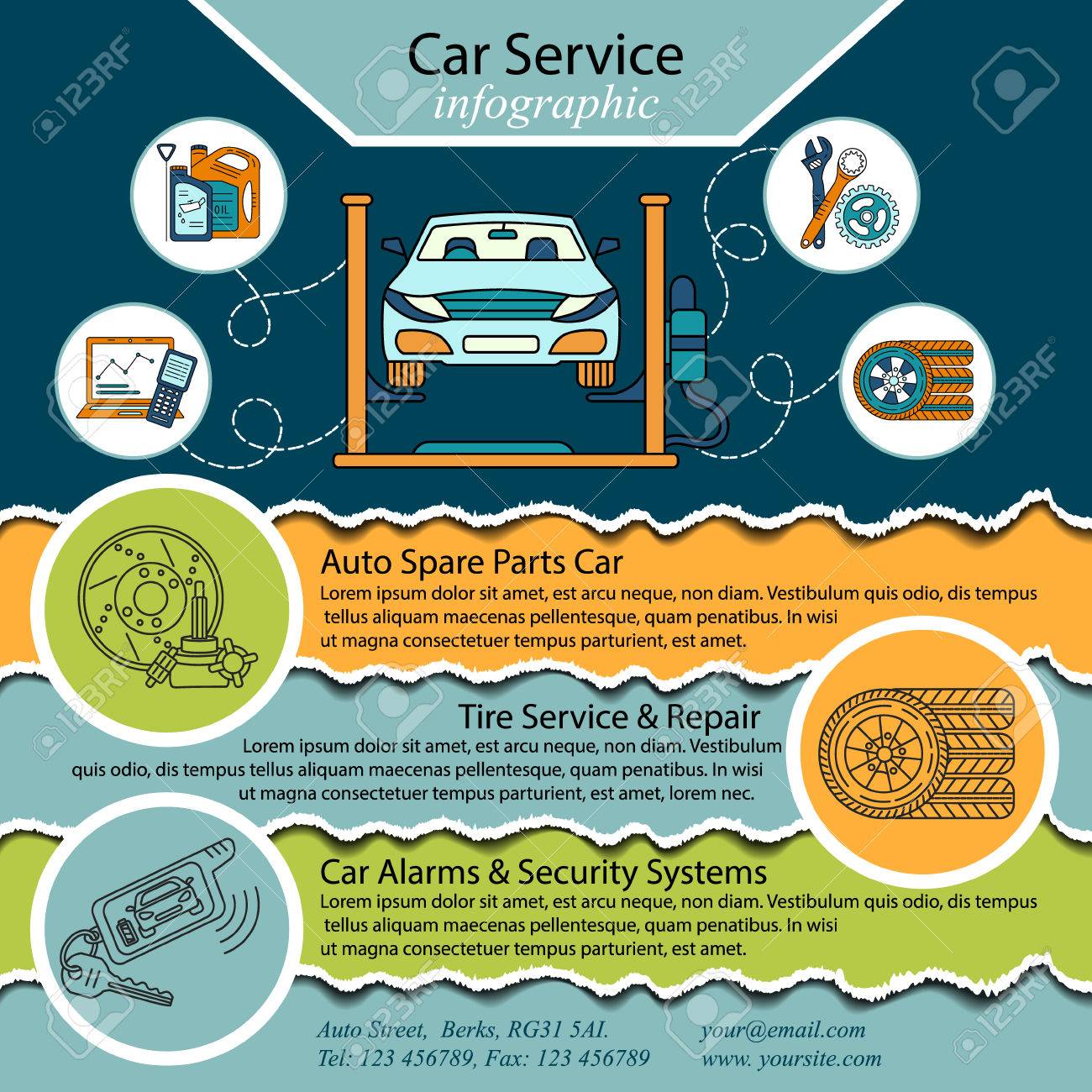Decoding Your Vehicle'S Warning Indicators: What They Truly Signify
Decoding Your Vehicle'S Warning Indicators: What They Truly Signify
Blog Article
Posted By-Termansen Kejser
When you lag the wheel, those glowing caution lights on your control panel can be a little bit perplexing. Do you know what they're trying to tell you regarding your cars and truck's health and wellness? Comprehending the relevance of these lights is essential for your safety and security and the long life of your car. So, the following time one of those lights pops up, would not you want to understand its message accurately and take the essential steps to resolve it?
Common Warning Lighting and Interpretations
Determine usual caution lights in your car and understand their definitions to make sure risk-free driving.
The most common warning lights consist of the check engine light, which signals problems with the engine or emissions system. If this light comes on, it's vital to have your automobile checked quickly.
The oil pressure alerting light shows low oil stress, needing prompt attention to prevent engine damage.
A flashing battery light might recommend a defective charging system, potentially leaving you stranded if not resolved.
The tire stress monitoring system (TPMS) light informs you to low tire pressure, influencing automobile stability and fuel effectiveness. Disregarding this can bring about dangerous driving problems.
https://www.marketwatch.com/picks/guides/finance/endurance-warranty-reviews/ suggests a trouble with the anti-lock braking system, compromising your capability to quit promptly in emergencies.
Last but not least, the coolant temperature level cautioning light warns of engine overheating, which can lead to extreme damages otherwise dealt with quickly.
Understanding these usual warning lights will aid you resolve issues promptly and maintain safe driving problems.
Significance of Prompt Interest
Understanding the typical caution lights in your auto is just the initial step; the significance of quickly attending to these cautions can't be stressed enough to guarantee your safety and security when traveling.
When a warning light illuminates on your dashboard, it's your cars and truck's way of communicating a potential problem that requires interest. Disregarding these warnings can bring about more extreme issues in the future, compromising your safety and security and potentially costing you extra in repairs.
Motivate interest to alerting lights can stop break downs and accidents. For instance, a flashing check engine light can indicate a misfire that, if left unattended, might create damages to the catalytic converter. Resolving this without delay can save you from a pricey fixing.
In car cut and polish auckland , a brake system alerting light could signify reduced brake fluid or used brake pads, vital parts for your security when driving.
Do It Yourself Troubleshooting Tips
If you observe a warning light on your control panel, there are a couple of do it yourself troubleshooting suggestions you can attempt before seeking professional help.
The primary step is to consult your car's manual to recognize what the certain caution light suggests. Sometimes the issue can be as basic as a loose gas cap activating the check engine light. Tightening up the gas cap might fix the trouble.
One more typical problem is a reduced battery, which can trigger different warning lights. Examining the battery links for rust and ensuring they're protected might take care of the trouble.
If a warning light continues, you can try resetting it by disconnecting the automobile's battery for a couple of minutes and afterwards reconnecting it. Additionally, inspecting your lorry's fluid levels, such as oil, coolant, and brake liquid, can assist fix alerting lights associated with these systems.
Conclusion
In conclusion, recognizing your vehicle's warning lights is vital for keeping your automobile running smoothly and safely. By without delay addressing these informs and understanding what they mean, you can stay clear of expensive repair services and possible malfunctions.
Keep in mind to consult your car's guidebook for certain information on each alerting light and do something about it as necessary to guarantee a hassle-free driving experience.
Remain notified, remain safe on the road!
